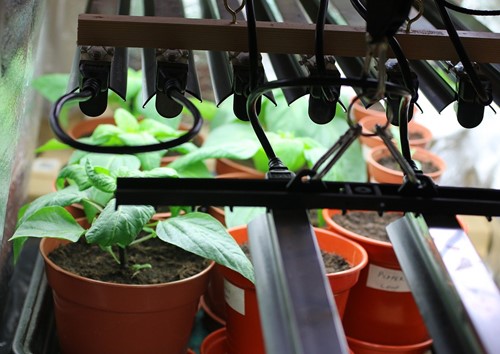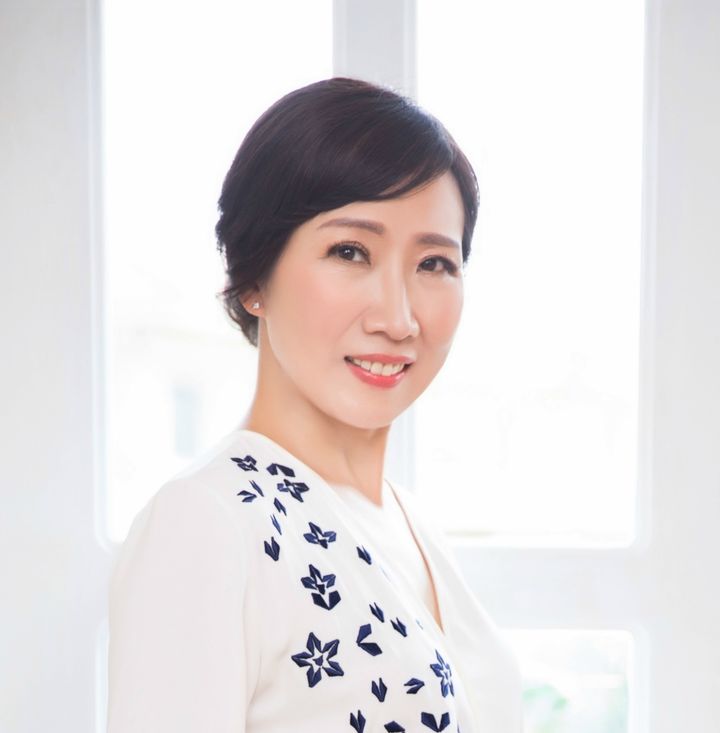
Whether you’re growing microgreens or an herb garden, having an indoor grow light setup can take your efforts to the next level. With that move, your plants can get all they need to thrive and provide bountiful harvests. There are a few requirements for this type of project, however.
You need the right bulbs, placement and runtimes to achieve your goals. To help you get started, here’s a quick guide to setting up indoor grow lights.
To best mimic the power of sunlight for your indoor plants, you need to select full-spectrum bulbs. Like the rays coming from the sun, these bulbs generate all the colors of the rainbow for the perfect cool-warm light balance. With that, they work well from the germination through fruiting stages, so you don’t have to switch out your grow lights halfway through.
You can choose either fluorescent, LED or high-intensity LED lights to give your plants the full spectrum of light. Fluorescent bulbs will generate a bit of heat to help your seedlings sprout but cost much more to run than LEDs. Pairing LEDs with a heat mat can mimic that effect without using up excess energy.
When using indoor grow lights, you need to set the fixture at the perfect height. For most plants, 12- to 24-inches from their canopy is a great place to start. You can then adjust the position as you monitor your plants’ growth.
If they are looking too leggy, you’ll want to lower the light a few inches to keep them from reaching ever upward. Lights that are too close to the plants can cause them to spread outward as they grow or even damage their leaves.
Plants grow best when kept on a strict daytime/nighttime schedule. At the seedling through vegetation stage of growth, they need the indoor grow lights for about 12 hours a day. Once they begin to flower, you can turn up the lights for around 16 to 18 hours a day.
You should never have the lights on for 24 hours a day as that can disrupt the growth of your plants. They need the off hours to rest and cycle nutrients up from the roots and through their systems. If you think you may forget to turn the lights on and off, put them on an automatic timer set to your ideal preferences.
Experiment with the placement and timing of the lights to see what each plant prefers. You can even switch light types if you’re not satisfied with the results or just want to gauge the difference.
As you do, jot down data on their growth speed and harvest size to determine what works best. Remember to note any changes you made to their watering and fertilizer schedule as well to control the other variables.
Over time, you’ll find the perfect formula for every type of indoor plant you like to grow. Then, you can branch out by adding other types of flowers, veggies and fruits to the mix and expand your indoor garden by leaps and bounds.

Susan Shuxian Hu has been a dedicated realtor serving in Silicon Valley since 2010. With great passion, outstanding negotiation skills and due diligence, she has helped many buyers and sellers in their real estate needs. Living in West San Jose for more than 14 years, she has broad knowledge in Cupertino, West San Jose, Los Altos and Saratoga. She has enormous patience working with buyers and never tired of showing all possible properties that may fit client’s needs. Clients appreciate her best service to their satisfaction. She specialized in luxurious real estate purchase in Los Altos, Cupertino, Saratoga and Palo Alto. She also helped friend and past client’s referral working in San Francisco, Foster City and far reached Bay Area.
Susan Shuxian Hu was graduated in East China Normal University in Shanghai with bachelor and master degrees in Bio science. She came to US in 1989 and earned her Ph.D. in Molecular Genetics in Texas A&M University in 1996. After one year of postdoc in Southern Florida University in Tampa, she moved back to Orlando with her family and started working in Lucent Technologies. In 2002, Susan moved to California, Silicon Valley joined a start-up company. Since then she worked in high tech Corporation till 2009. Driven by her dream job pursuing, she found her passion working in sales by helping people in real estate after one year of education in De Anza business and real estate law study. Since then, she has been serving many people in Bay Area for their real estate needs.
With bilingual advantage, she has been actively working with Chinese immigrants as well as local engineers and residents. With rich high tech background and connection with Chinese community, Susan has served in luxurious real estate in last a couple of years.